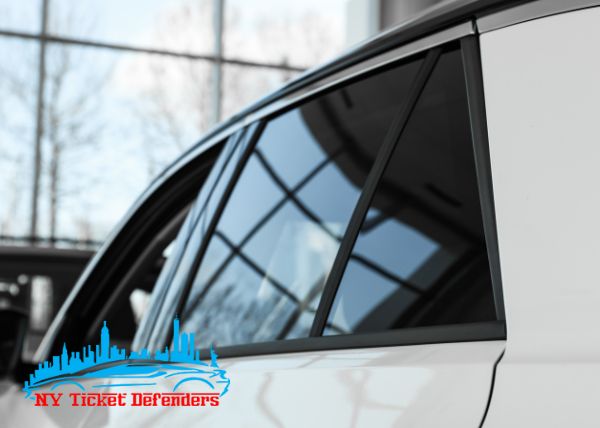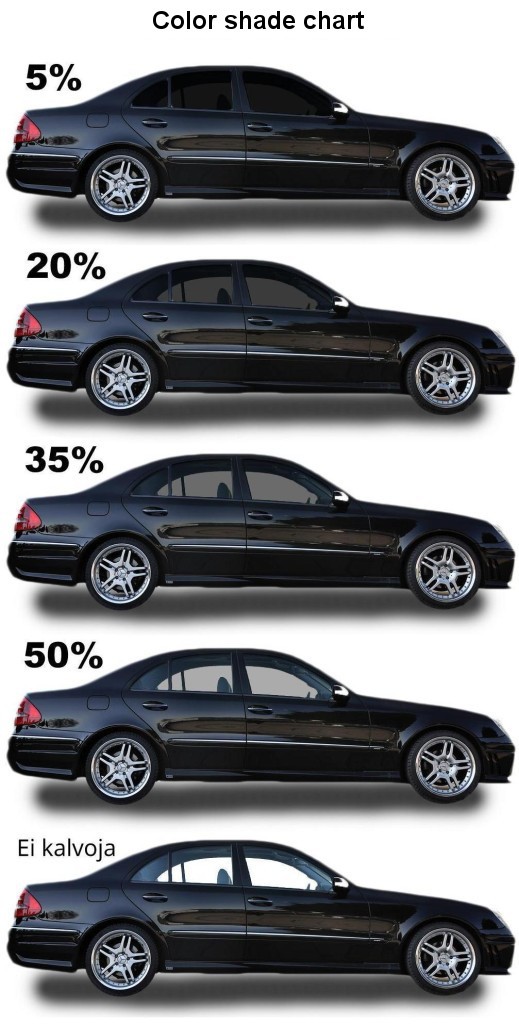Home Window Tinting Regulations and Guidelines: What You Required to Know Before Tinting Your Automobile
Prior to continuing with home window tinting for your lorry, it is important to familiarize yourself with the varied regulations and standards that regulate this practice throughout various states. These laws dictate the permitted degrees of color darkness, typically gauged by visible light transmission (VLT) percentages, and include details stipulations for front windscreens aimed at making certain roadway safety and security.
Summary of Window Tinting Laws
Window tinting regulations are regularly based on variant throughout various jurisdictions, showing neighborhood guidelines and security factors to consider. These regulations dictate the allowable degrees of tint darkness and reflectiveness on vehicle home windows, ensuring that drivers maintain ample presence while also shielding versus damaging UV rays and warm.
Most regulations classify home window tinting based on the Visible Light Transmission (VLT) percentage, which suggests the amount of light that can go through the home window. Usually, lower VLT portions signify darker colors. Regulations usually set apart in between the front, side, and back windows, with more stringent restrictions applied to the front windscreen to improve safety for both the vehicle driver and other road users.
Furthermore, some jurisdictions impose constraints on the reflectivity of the tint, protecting against extreme glow that could hinder presence. Exemptions to these laws might exist for individuals with certain medical problems needing added sun defense. Compliance with home window tinting regulations is critical, as violations can cause penalties, required elimination of the tint, and potential increases in insurance coverage premiums. For that reason, it is crucial for lorry owners to acquaint themselves with neighborhood legislations prior to waging window tinting setups.
State-by-State Tint Laws
Recognizing the details home window tinting guidelines in each state is crucial for vehicle owners looking for to follow the law. Each state in the united state has developed its very own collection of guidelines governing window tinting, which can vary significantly. These regulations typically determine the allowed degrees of color darkness, the sorts of windows that can be tinted, and any type of clinical exceptions that may use.
For example, states like The golden state have stringent constraints on color darkness for front home windows, while others, such as New Mexico, may permit darker tints. Additionally, specific states mandate certain visibility percentages for numerous home windows, including the windscreen, front side windows, and back windows. It is important for vehicle owners to acquaint themselves with their state's regulations to prevent prospective penalties or fines.
Moreover, some states might require a qualification sticker to be positioned on colored windows, suggesting compliance with state legislations. Failing to stick to these guidelines not only risks legal effects but can likewise impact security and visibility while driving. Consequently, lorry owners should carry out extensive research study or consult neighborhood authorities to make sure full understanding and conformity with state-by-state color policies.
Allowed Tint Levels and Types
Many car owners may be amazed to discover that enabled tint degrees and types vary commonly across various states. Each state has developed its own policies pertaining you could try these out to the allowable darkness and reflectivity of home window color, typically determined by Visible Light Transmission (VLT) portions. VLT describes the quantity of light that can pass through the tinted home windows; thus, a reduced percentage suggests a darker tint.

Additionally, the kinds of color products enabled can differ, with some states prohibiting metal or mirror-like finishes. It is important for automobile owners to familiarize themselves with their state's specific legislations to guarantee compliance. Non-compliance can result in penalties, necessary removal of the color, or other legal effects, making it imperative to understand these policies before continuing with setup.
Medical Exceptions for Tinting
While not all states provide allowances for medical exceptions pertaining to home window tinting, those that do recognize the requirement for particular people to improve exposure and convenience as a result of clinical problems. Different medical conditions, such as lupus, skin cancer cells, and specific eye disorders, can provide individuals particularly sensitive to sunlight. These people may require darker tints to shield themselves from hazardous UV rays and glow.

It is very important to keep in mind that despite having a clinical exception, there may still be constraints on the degree of tint allowed. Compliance with state legislations guarantees that individuals are both protected and within lawful restrictions. Those thinking about clinical exemptions should contact their neighborhood Department of Electric motor Cars or equal authority to understand the treatments and requirements required to use for an exemption efficiently.
Penalties for Non-Compliance
Failing to abide by home window tinting laws can result in considerable fines, which differ by state. Law enforcement agencies are equipped to provide citations for automobiles that do not abide by the this post specified tinting guidelines. These penalties typically include fines, which can range from moderate total up to a number of hundred dollars, depending upon the seriousness of the violation and the state in question.
In some territories, duplicated offenses might result in rising penalties or extra charges, such as company website compulsory court appearances. Non-compliance may require the removal of prohibited tinting, commonly at the owner's cost. In severe instances, regular wrongdoers may deal with suspension of their vehicle enrollment until compliance is attained.
In addition, insurance effects might arise from obtaining several citations for home window tint violations. Insurance providers may check out such violations as an indication of riskier habits, possibly resulting in boosted costs or difficulty in coverage.
To prevent these charges, it is critical for lorry owners to familiarize themselves with their local home window tinting legislations and make certain that their lorry complies (Window Tinting). This positive method not only avoids legal implications however likewise promotes road safety and security
Verdict

Most regulations identify window tinting based on the Visible Light Transmission (VLT) percent, which indicates the amount of light that can pass via the window. Conformity with window tinting guidelines is important, as violations can result in fines, compulsory removal of the color, and possible increases in insurance costs.Understanding the specific window tinting policies in each state is essential for lorry proprietors looking for to comply with the regulation. These regulations often determine the allowed levels of color darkness, the kinds of home windows that can be tinted, and any type of medical exceptions that may use.
For instance, states like California have rigid constraints on tint darkness for front windows, while others, such as New Mexico, might allow darker tints.
Comments on “Discover the Benefits of UV Security with Vehicle Window Tinting”